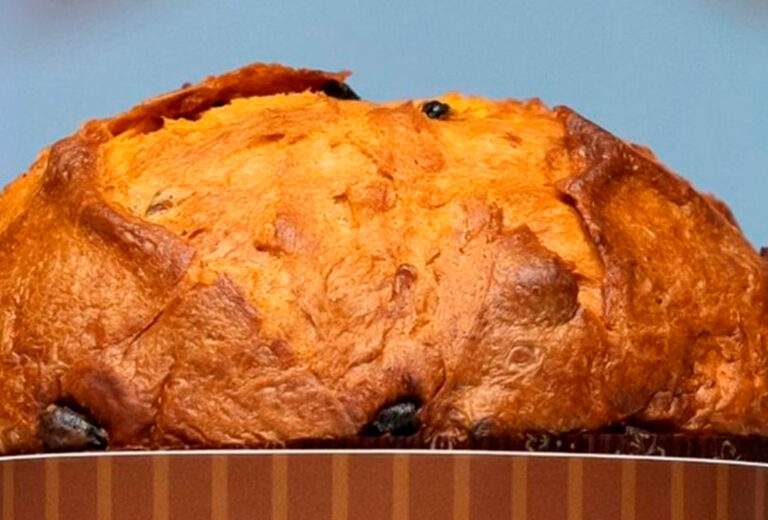Click here to read the Spanish version.
We all know what we are talking about when we talk about panettone. But perhaps not many know its history, or the legends surrounding this Italian creation, the most famous of which is the one that took place in the 15th century at the court of Ludovico the Moor at Christmas.
Its origins date back to 1495, to a sumptuous dinner at court hosted by the Duke of Milan. One of his cooks called Toni, in preparing the banquet for him and his noble guests, ended up burning the dessert in the oven. Faced with this situation, he ended up offering them the preparation he had made in the morning: a rich brioche bread, stuffed with sultanas and candied fruit.
Everyone in attendance, and even the Duke, loved Toni’s ‘culinary experiment’, and so the tradition of ‘Pane di Toni‘ was born.
Later, in 1821, the sweet became a symbol of freedom in Italy. Candied red cherries and green citrus fruit replaced sultanas and fruit, creating the red, white and green Italian flag.
The 1950s saw its worldwide expansion thanks to an Italian migrant who arrived in Brazil and founded the Bauducco company, which today produces more than 200 000 tonnes a year, with six factories in various countries and exports to more than 50 of them.
The evolution of Panettone over the years has made it a symbol of confectionery, especially at Christmas, with which confectioners experiment endlessly to create versions with ingredients such as grapes, sultanas, candied fruit, pine nuts, almonds, chocolate or coffee to satisfy all tastes.





